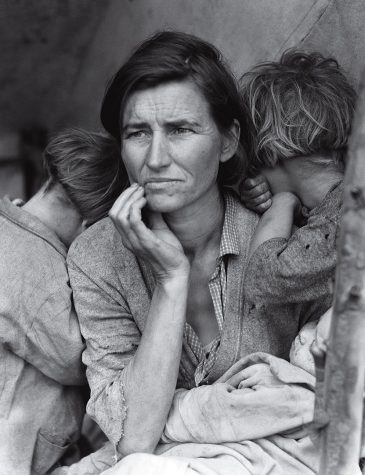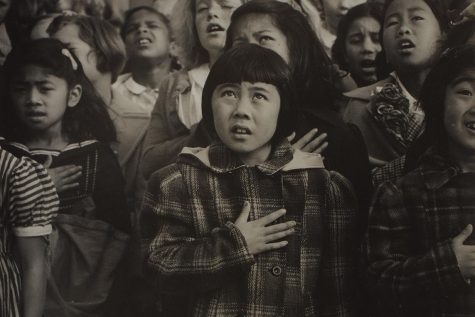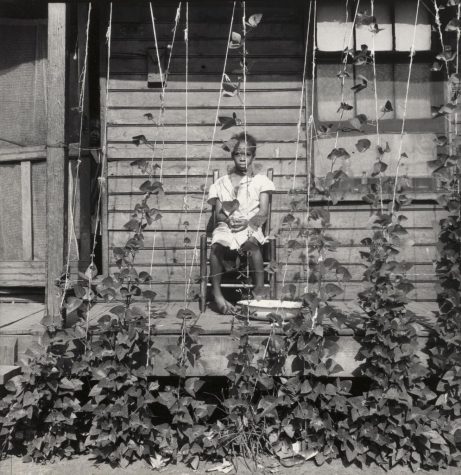Women in Photography: Dorthea Lange

Dorothea Lange is known as one of the greatest woman photographers in history. Her famous photos of the trying times of the Depression led her to become one of the most prominent and historical female photographers ever. The pain, struggle, and emotion within every photo taken by Lange expresses the great hardship Americans had to endure during this economic crisis.
Life

Dorthea Lange was born in Hoboken, New Jersey in 1895. She and her brother Martin were raised by her mother, as her father was an adamant lawyer. When Lange was 7, she had contracted polio, causing her right leg and foot to weaken; however, this did not stunt her ambitions and passion for education. Both her mother and father were strong believers in education, therefore, Lange became very intrigued with the arts and literature. Throughout high school, Lange developed a passion for photography and soon decided to pursue a career in this field. Studying art at Columbia University, she graduated and became an apprentice for well-known photographers such as Arnold Genthe and Clarence Hudson White. From then on, Lange’s career only rose. She moved to San Francisco, ran a highly successful portrait studio, traveled the Southwest to take her most famous documentary photos, and from there, never stopped traveling.
Success
Lange’s work was soon recognized during The Great Depression and therefore, she was awarded the prestigious Guggenheim Fellowship award, known as one of the most respected awards for the arts. However, she gave it up to document the relocation of Japanese Americans during World War II. These photographs were censored by the U.S. military, as an attempt to blind the world from the immoral internment camps within the country. She continued her photography career all throughout WWII, which was a time when women began to gain more recognition for the work they did for the war efforts. In 2003, Lange was inducted into the National Women’s Hall of Fame for her inspiring works.
Legacy
Dorthea Lange has left behind a legacy that will never be forgotten. Her tireless efforts to display the impoverished state the U.S. was in during her life has become an iconic part of America’s history. She has inspired many women to become photographers, starting small just like her, and building their ways up to success. In the footsteps of Lange, women have continuously become more prominent in the documentary and photojournalism industry. Her work is a symbol of this era in history that will never fade. Lange had the eye for emotion, and with every photo she captured, this was proven; changing modern photography and photojournalism forever.
Quotation

“The camera is an instrument that teaches people how to see without a camera.” (Dorthea Lange)


